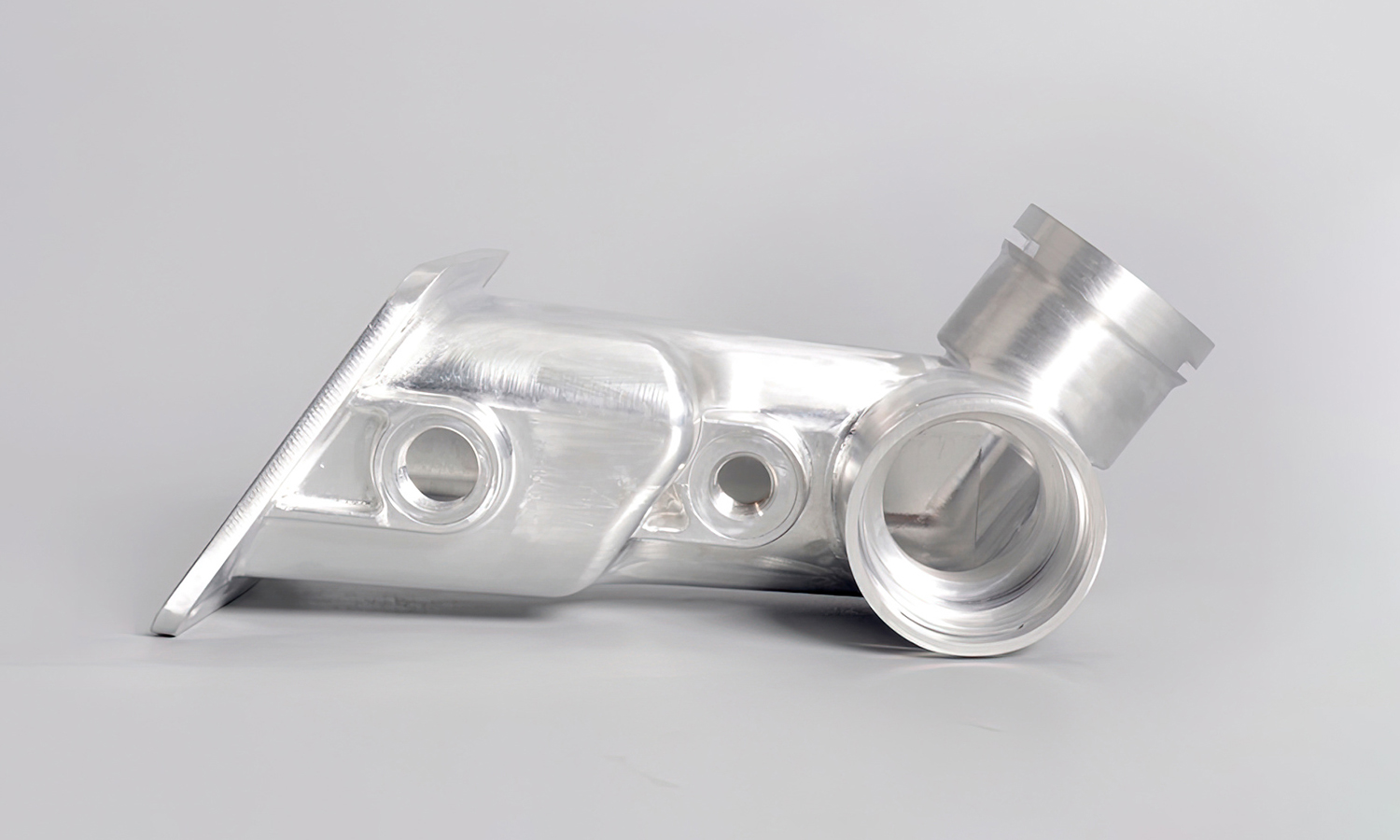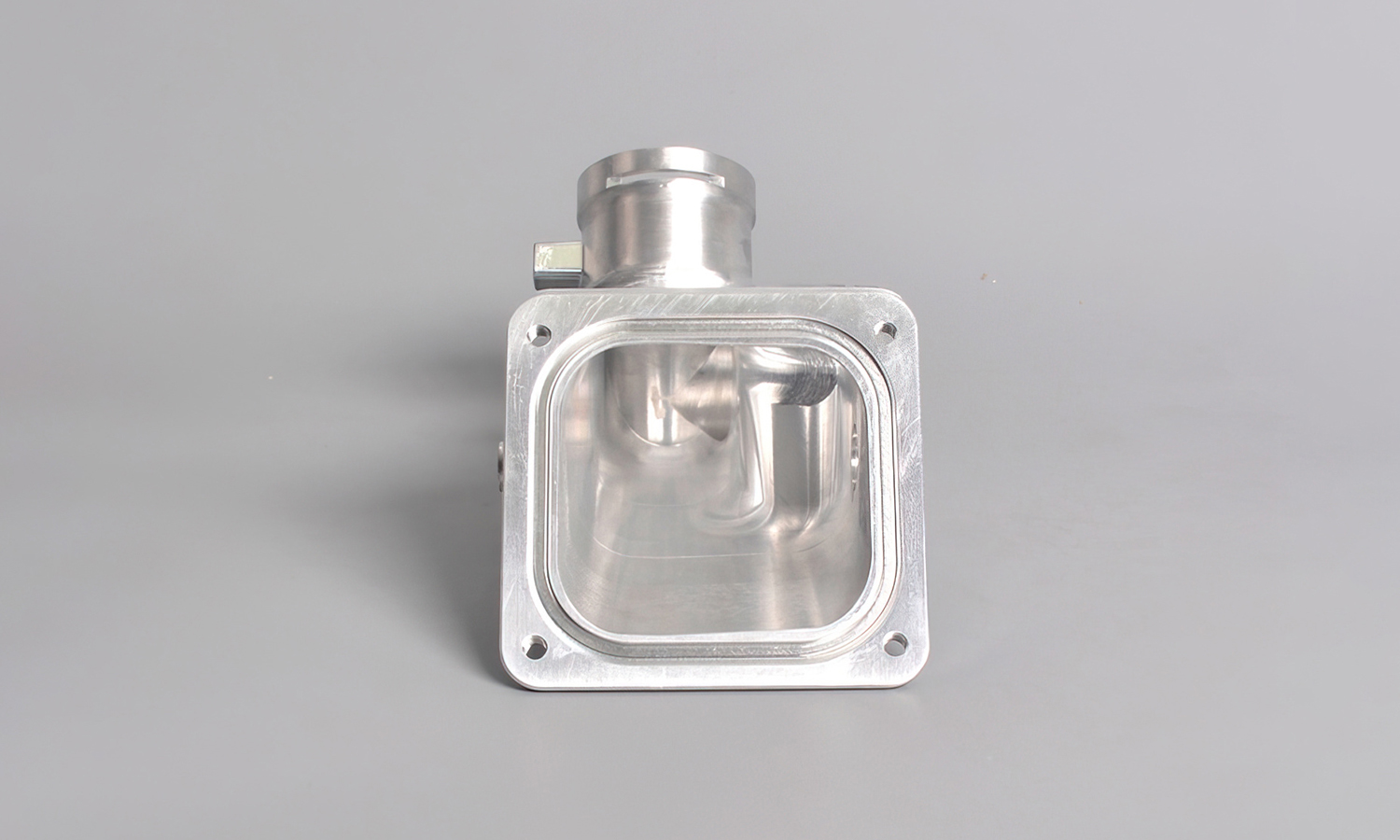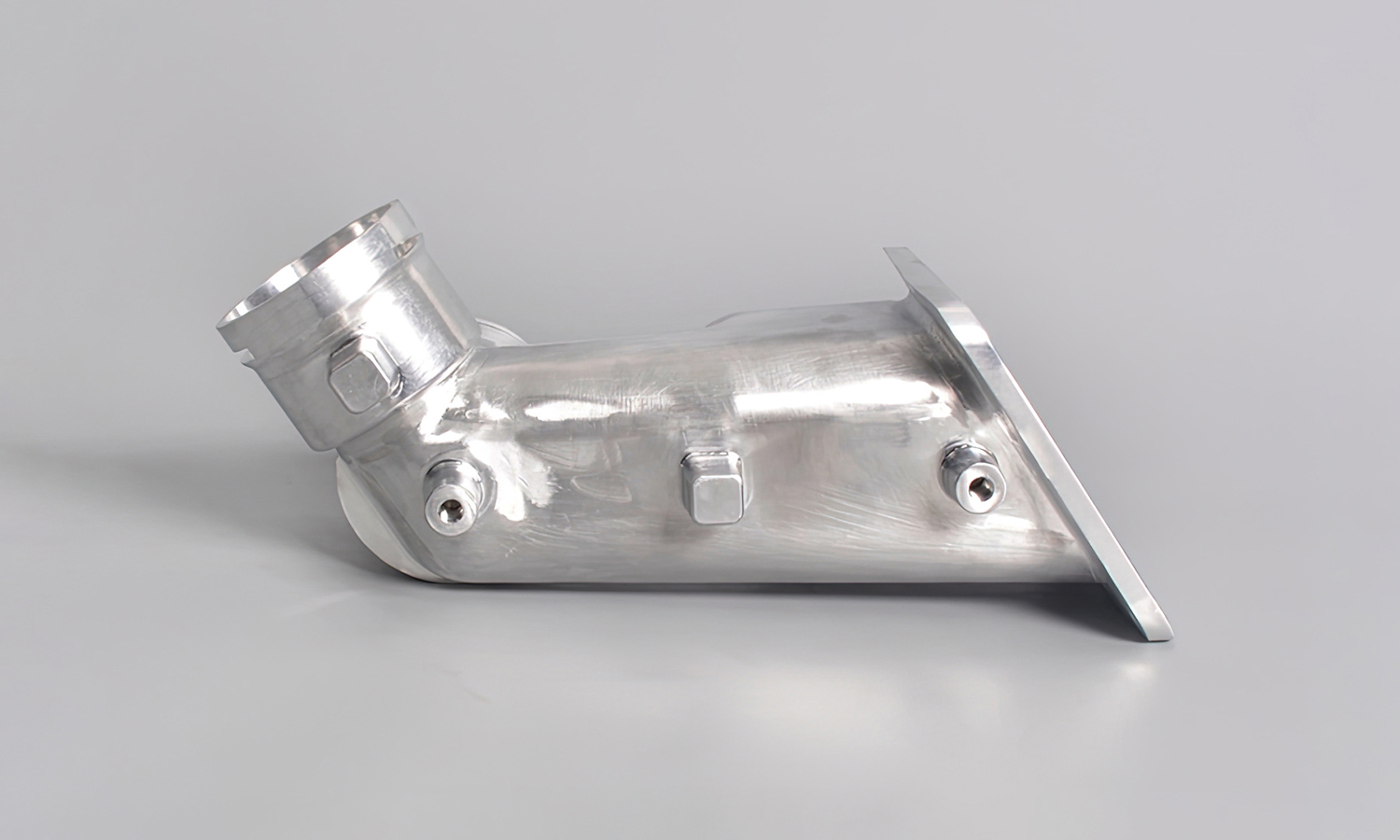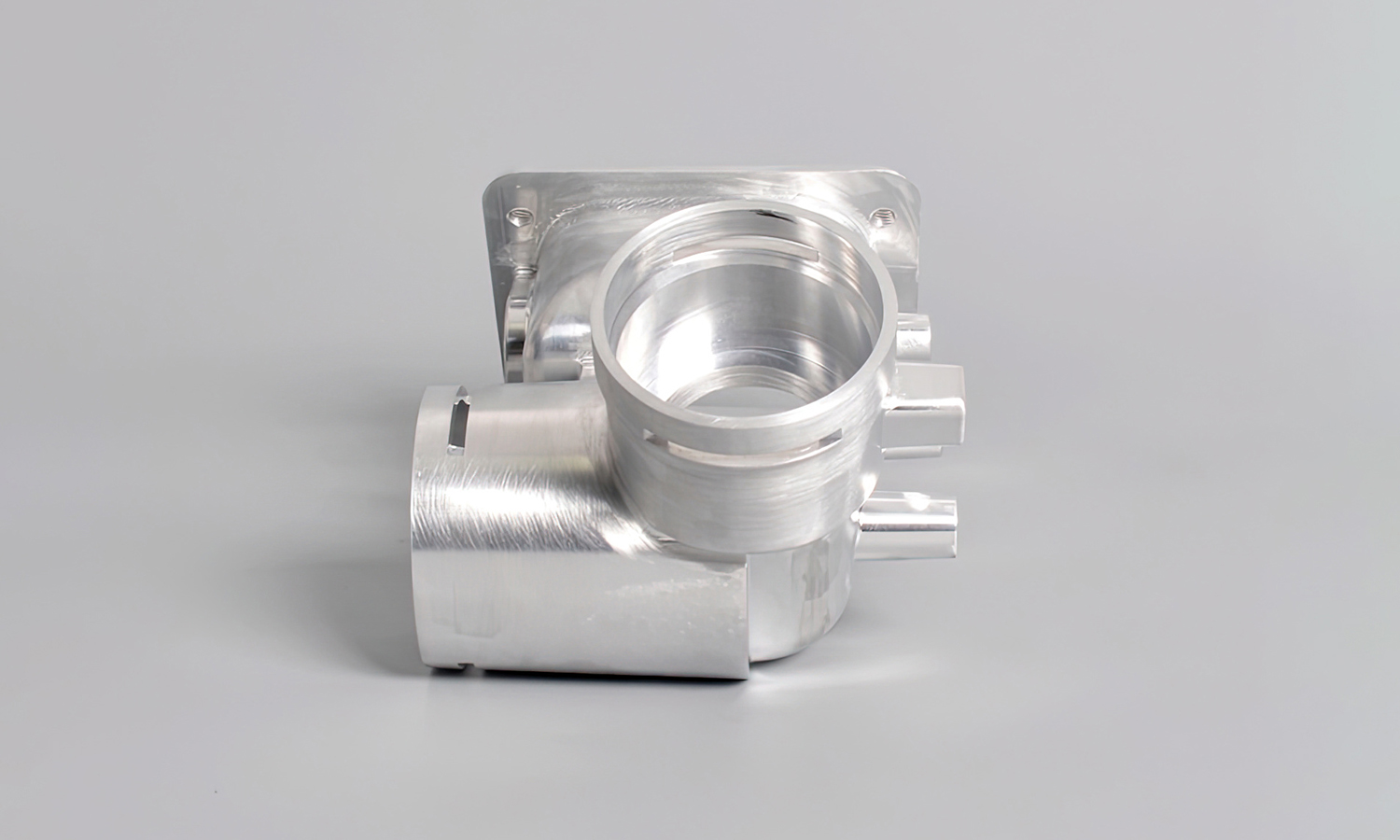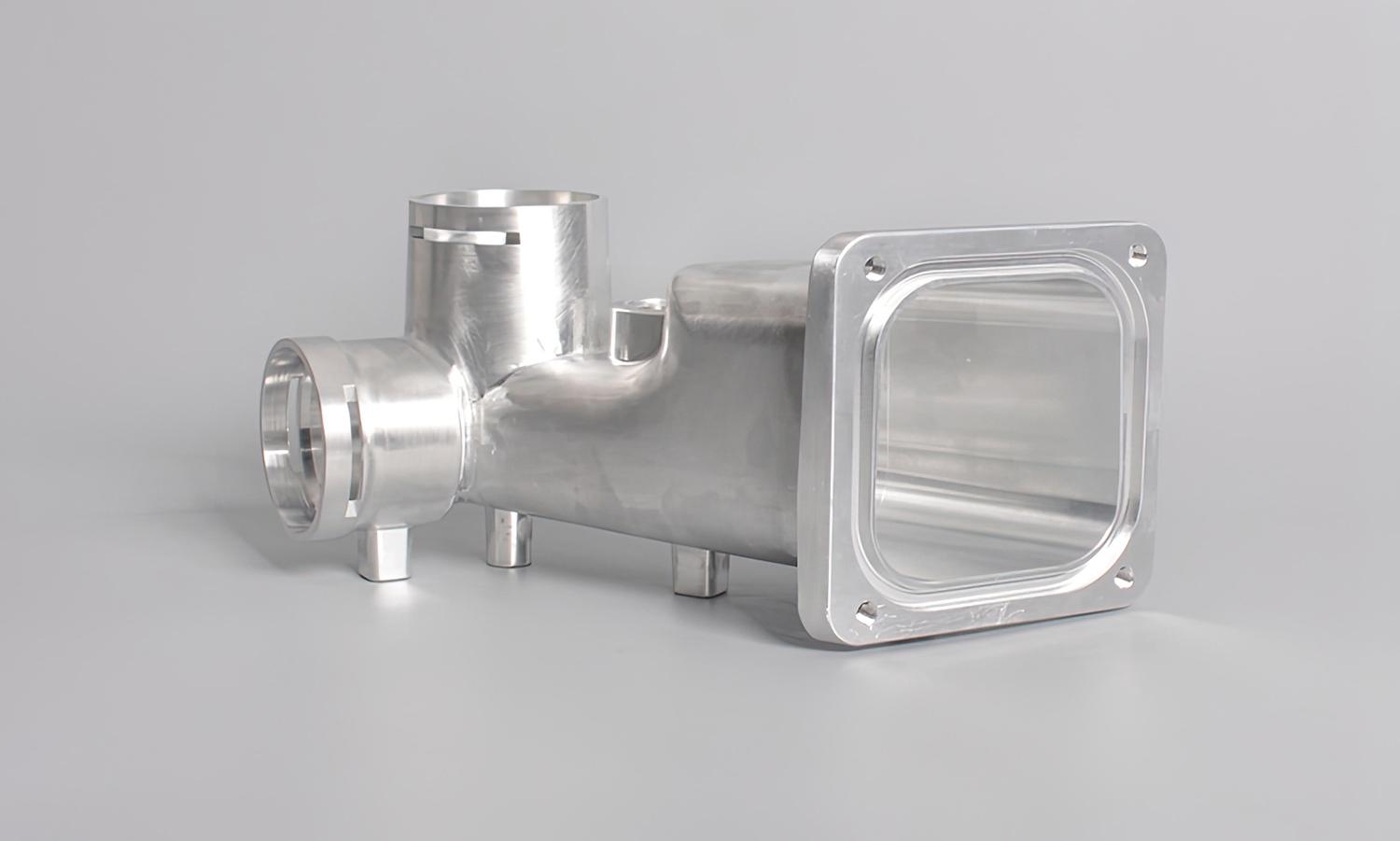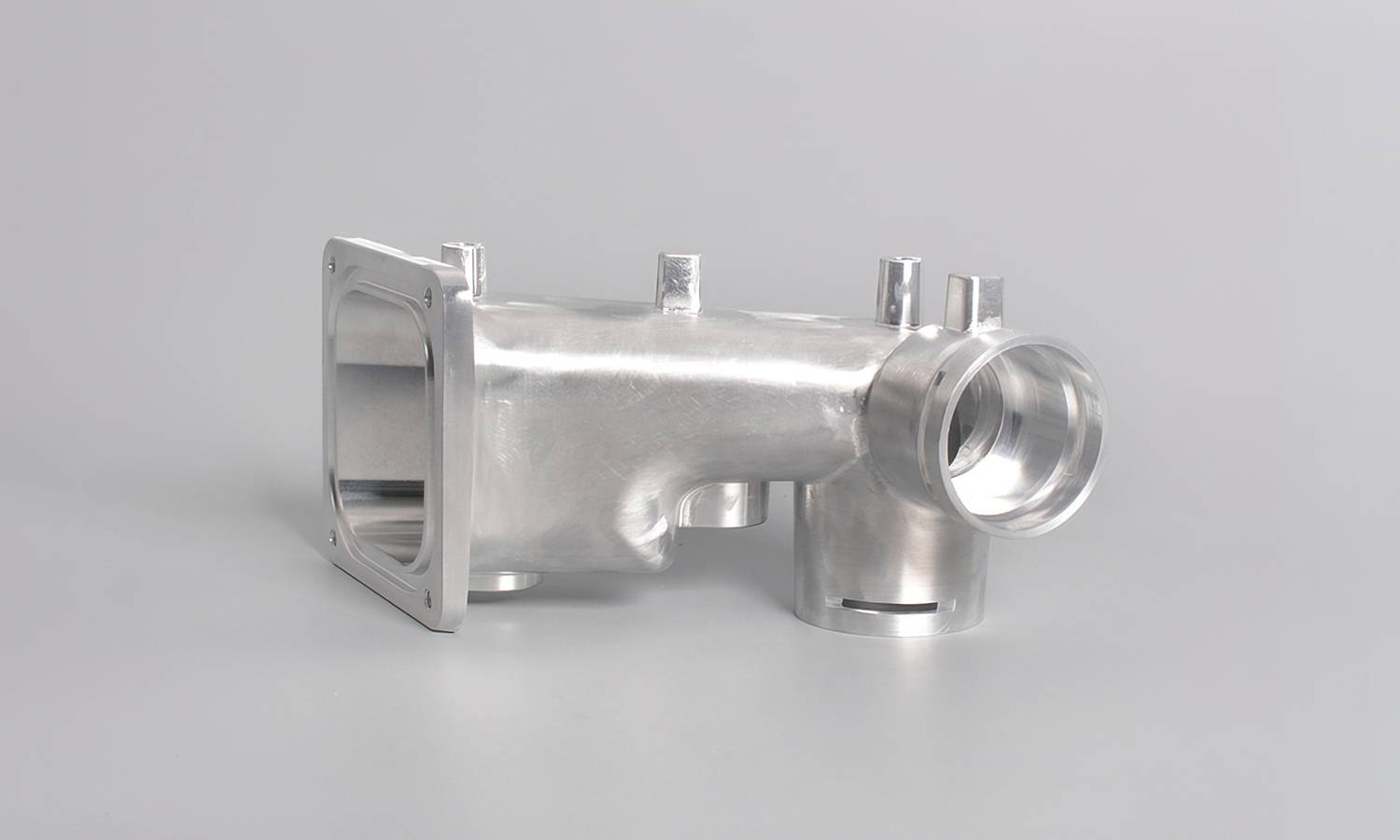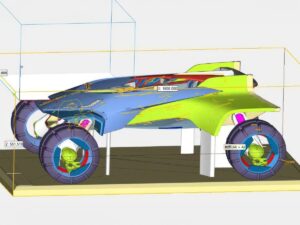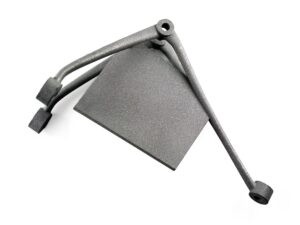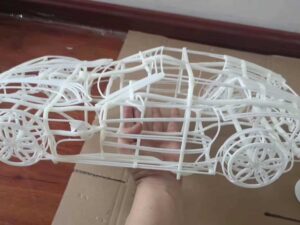- CNC Milled Aluminum GPU Water Block Computer Components Cooler Housing
- CNC Milled Aluminum SUV Car Frame Scaled-down Prototype Customization
Gallery
About Project
The aluminum throttle body intake elbow is a component that connects the throttle body and the intake manifold, which can improve airflow and performance. It has various sizes and shapes to fit different engines and vehicles.
CNC milling technology has a wide range of applications in the automotive industry, such as making engine covers, hubs, brake discs, and other important components. The aluminum alloy has good thermal conductivity and corrosion resistance, which can prevent overheating and rusting of the intake system.
FacFox is an online platform that provides professional CNC milling services, which can offer customized solutions for automotive manufacturers. FacFox's CNC milling service has the following advantages:
– Accurate: FacFox uses advanced CNC machines and tools to ensure the dimensional accuracy and surface smoothness of parts.
– Fast: FacFox has rich experience and resources to complete orders in a short time and deliver on time.
– Economical: FacFox adopts flexible pricing strategies based on the complexity, quantity and material of parts to determine reasonable prices.
– Convenient: FacFox provides online ordering, payment, tracking and after-sales service to save time and effort for customers.
If you want to use CNC milling technology to make aluminum throttle body intake elbow or other automotive parts, please send your 3D model to us via info@facfox.com. FacFox will provide you with professional, reliable and high-quality CNC automotive customization service.
Solution
- Step 1: The CAD model was examined and transformed into a CNC-compatible format with the software AutoCAD.
- Step 2: A most suitable type of CNC machine was chosen according to the complexity of the product design and the cost of the workpiece.
- Step 3: Certain operations were configured and the G-codes were input on the machine. The workpiece was mounted on the machine as well.
- Step 4: The workpiece got shaped and the holes were drilled automatically. It would be inspected during and after the machining process for quality assurance.
- Step 5: The part was degreased and manually cleaned, and then placed into a preheated chrome plating vat for minutes.
